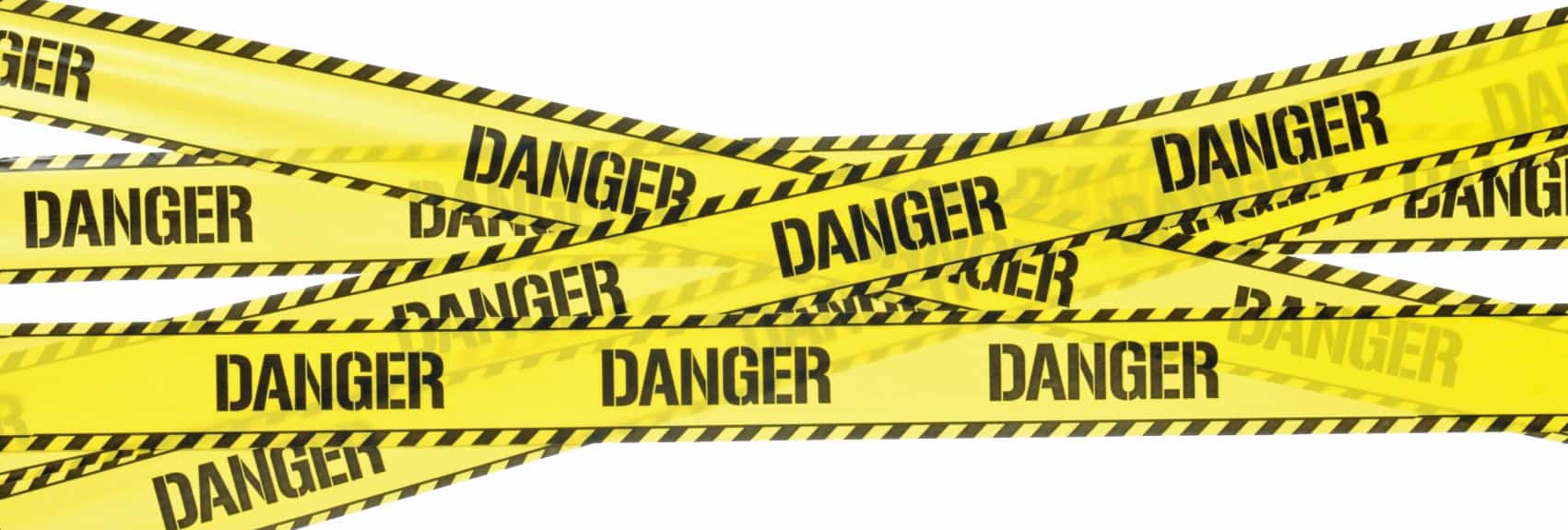 Since I heard about the Gaia hypothesis in the 1980s, I have read most of James Lovelock‘s books. I was confronted by his argument that nuclear power is undervalued as one of the cleanest and sustainable sources of power, as I have grown up listening to anti-nuclear activists like Helen Caldicott and being frightened by films like Fail Safe and Threads. I am not sure I agree with Lovelock but I respect him. In his latest book, though, he makes a couple of negative references to occupational health and safety (OHS) that are cheap shots, unfair or disappointing.
Since I heard about the Gaia hypothesis in the 1980s, I have read most of James Lovelock‘s books. I was confronted by his argument that nuclear power is undervalued as one of the cleanest and sustainable sources of power, as I have grown up listening to anti-nuclear activists like Helen Caldicott and being frightened by films like Fail Safe and Threads. I am not sure I agree with Lovelock but I respect him. In his latest book, though, he makes a couple of negative references to occupational health and safety (OHS) that are cheap shots, unfair or disappointing.
Lovelock says, on page 2 of “A Rough Ride to the Future” that the chemical industry is “now mainly run by an intelligent and usually responsible technocracy” but that
“…we may be hampered in our attempts to solve the large problems [of pollution] by the absurdly zealous application of health and safety laws.” (emphasis added)
In discussing oxygen levels in the atmosphere and how its regulation is so important, Lovelock says, in parentheses,
“We are fortunate there is no inbuilt health and safety system in Gaia, otherwise the dangers of fires would have led to the banning of its production.” (page 13)
This comment, moreso than the former, shows Lovelock misunderstands OHS regulation and application. Earlier in the book he praises the banning of chlorofluorocarbons on climatic reasons and then, absurdly, implies that OHS would advocate the banning of oxygen. It’s a cheap shot. OHS is about trying to eliminate the risk of harm and by investigating the source of the hazard, usually through the scientific method.


![iStock_000002335978Small[1] asbestos](http://safetyatworkblog.files.wordpress.com/2012/06/istock_000002335978small1-asbestos.jpg?w=198)